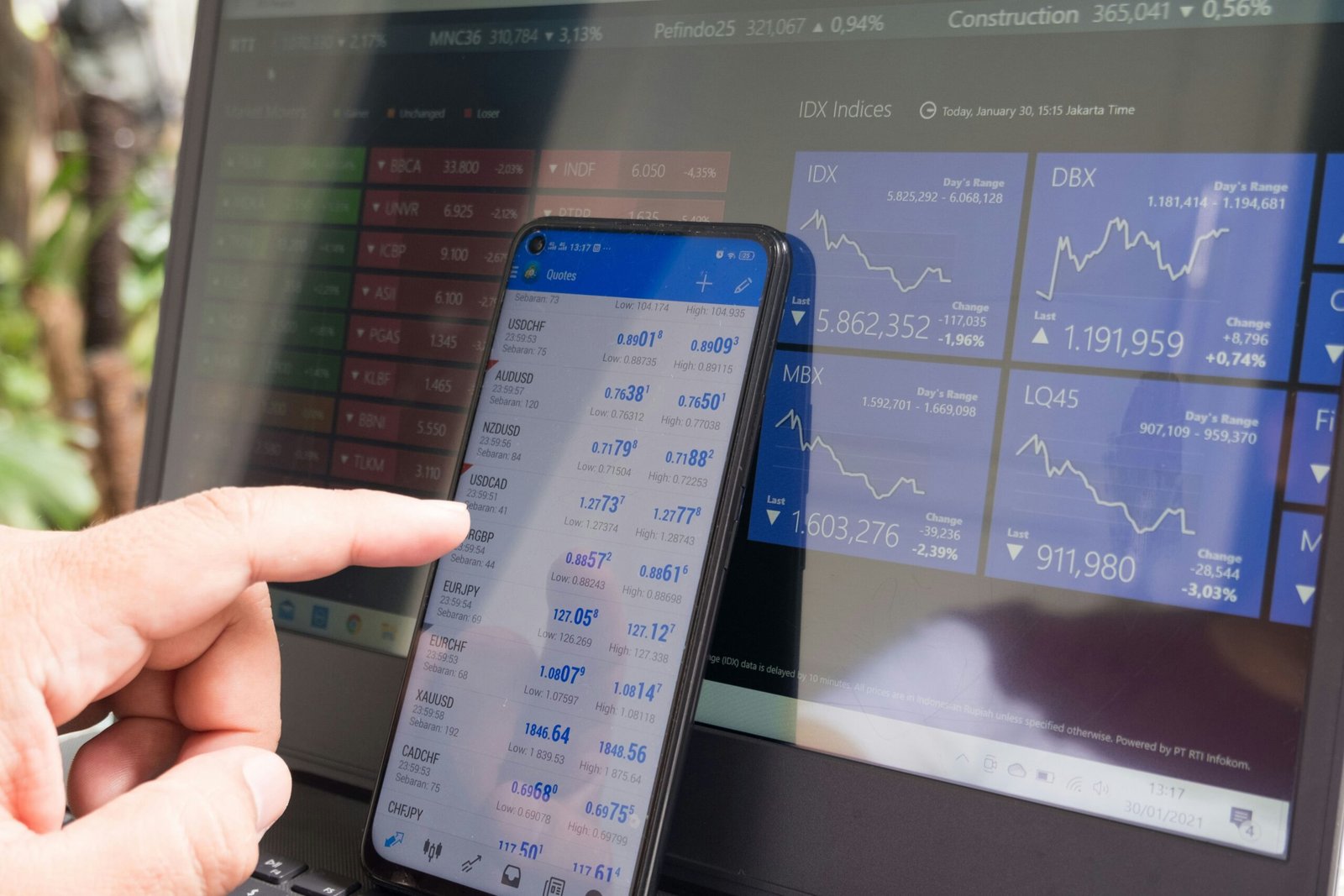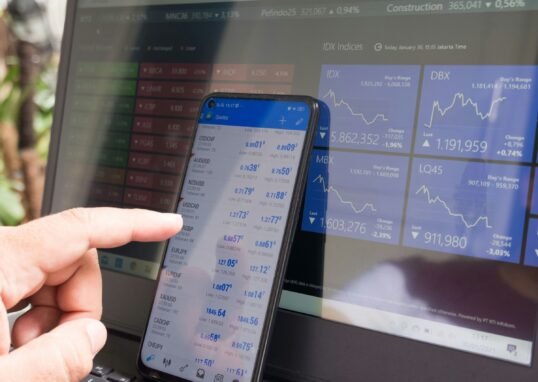
Order blocks are an important concept in forex trading that can provide valuable insights into market dynamics and potential trading opportunities. In this article, we will explore what order blocks are, how they are formed, and how traders can effectively use them to make informed trading decisions.
What are Order Blocks?
An order block refers to a specific price area on a chart where significant buying or selling activity has taken place. These areas can be identified by observing price action and market structure. Order blocks are typically formed at key support and resistance levels, and they represent zones where institutional traders and market participants have placed their buy or sell orders.
Order blocks are characterized by a strong imbalance between supply and demand. When price revisits these areas, it often reacts in a predictable manner due to the presence of unfilled orders. Traders who understand how to identify and interpret order blocks can gain a significant edge in their trading strategies.
Identifying Order Blocks
To identify order blocks, traders need to analyze historical price data and look for areas where price has previously shown a strong reaction. These areas can be identified using various technical analysis tools, such as support and resistance levels, trend lines, and Fibonacci retracements.
When analyzing a chart, order blocks can be visually represented as areas where price has consolidated or formed a strong reversal pattern. These patterns can include horizontal consolidation zones, double tops or bottoms, or engulfing candlestick patterns.
Once an order block has been identified, traders can mark these areas on their charts to keep track of potential trading opportunities. It is important to note that order blocks can be found on various timeframes, from intraday to long-term charts. Therefore, traders should consider the context and relevance of the order block within their overall trading strategy.
Trading Strategies with Order Blocks
There are several trading strategies that traders can employ using order blocks. Here are a few popular approaches:
1. Order Block Breakout Strategy
Traders can look for breakout opportunities when price breaks above or below an identified order block. This strategy involves placing a trade in the direction of the breakout, with a stop loss order placed just outside the order block. Traders can target a profit level based on the size of the order block or by using other technical analysis tools.
2. Order Block Reversal Strategy
In this strategy, traders anticipate a reversal in price when it reaches an order block. They look for additional confirmation signals, such as candlestick patterns or momentum indicators, to enter a trade in the opposite direction of the prevailing trend. Stop loss and profit targets can be set based on the trader’s risk tolerance and the strength of the reversal signal.
3. Order Block Pullback Strategy
This strategy involves waiting for price to pull back to an order block after a breakout or a strong trend. Traders look for signs of a reversal or a resumption of the trend within the order block area. They can use various technical analysis tools, such as moving averages or trend lines, to confirm the potential trade setup.
Risk Management and Order Blocks
As with any trading strategy, risk management is crucial when trading order blocks. Traders should always use appropriate stop loss orders to protect their capital in case the trade goes against them. Additionally, position sizing should be based on the trader’s risk tolerance and the size of the order block.
It is also important to note that not all order blocks will lead to successful trades. Traders should use additional technical analysis tools and market indicators to increase the probability of a successful trade setup.
Conclusion
Order blocks provide valuable insights into market dynamics and can be effectively used by forex traders to identify potential trading opportunities. By understanding how to identify and interpret order blocks, traders can gain a significant edge in their trading strategies. However, it is important to combine order block analysis with other technical analysis tools and risk management techniques to increase the probability of successful trades.
Remember, successful trading requires practice, patience, and continuous learning. By incorporating order block analysis into your trading approach, you can enhance your understanding of market behavior and potentially improve your trading results in the forex market.







